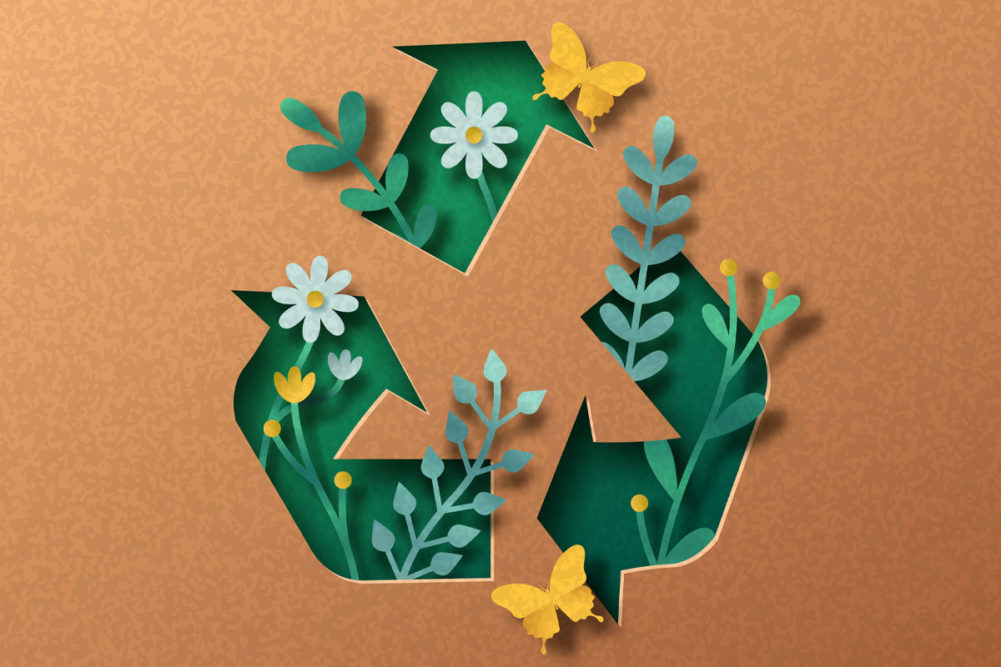 Josh Sosland, editor of Milling & Baking News.
Josh Sosland, editor of Milling & Baking News.KANSAS CITY — Upcycling stands out among food innovations that have gained traction in recent years. The Dutch consultancy Innova Market Insights said a third of consumers in 2022 were drawn to foods made with upcycled ingredients, up from a quarter a year earlier.
Upcycling refers to the use of ingredients that previously have not gone to human consumption — in many cases byproducts that previously were not seen as valuable. Makers of products containing upcycled ingredients often point to reduced food waste as a benefit. One, The Supplant Co., New York, uses corn cobs, oat hulls and wheat straw as food ingredients, materials the company calls “the forgotten half of the harvest.” The company’s products include pasta containing flour made with semolina and ground straw. Other companies have sought to upcycle materials for blending into flour, including green bananas, coffee cherries and soybean pulp/okara for blending. There are many positives to be said in favor of such creative innovations, but are upcycled containing products meaningfully helping reduce food waste?
Food waste for years has been recognized as a serious problem in the United States and globally. In the early 2010s, the Environmental Protection Agency estimated 40% of all food produced in the United States was wasted — directed to landfill, anaerobic digestion (a process used by manufacturers to break down waste), composting, land application, controlled combustion or sewer/wastewater. More food goes into landfill than any other material, and the EPA in 2015 set a goal for 2030 to cut in half food waste.
Meaningful progress toward the 2030 goal has yet to be recorded. To the contrary, in the period between the EPA’s 2016 baseline year and 2019, per capita food waste in the United States increased by 6%, to 349 lbs from 328 lbs. While subsequent data are not available, food companies have said efforts to cut waste since 2019 were made more difficult by supply chain and labor challenges and the need in some instances to sacrifice efficiency to keep supermarket shelves filled.
Very little wasted food from manufacturing (2%) ends up in landfill. More than 50% is either donated (6%), diverted to animal feed (34%) or composted or used for land application (13%). Most is disposed of with anaerobic digestion (43%). The landfill rate culprits are food retailers (21% of wasted food), foodservice (72%) and residential (66.2%).
In an April update, the EPA highlighted signs of potential gains on the horizon. In 2021, 25 states introduced food waste-related legislation, including landfill bans or other mandates aimed at reducing waste going to landfills. The EPA said private sector businesses also have made strides in setting goals, measuring and reducing food waste. Still, given the lack of progress to date, it’s clear a more focused effort will be needed if the 2030 target is to be met or even approached.
Where do upcycled ingredients fit in? In terms of food waste, many really don’t. Upcycled ingredients enter the same highly wasteful system that loses up to 40% of food production at the manufacturing, retail, foodservice and consumer levels year after year as any other ingredient. Because straw contains no calories, adding it into pasta flour may plausibly add additional volume and waste, not less, since more product is needed to provide consumers with the same number of calories.
Upcycling is seen as reducing waste through a circular economy, which maximizes the use of existing materials. Still, straw, corn cobs and oat hulls already are widely used for animal feed and other purposes (which isn’t the case for all upcycled ingredients). Using such material for value-added products should not be likened to finding effective ways to stop wasting 40% of the food we produce. Buying upcycled products may make consumers or restaurateurs feel virtuous, but to the degree consumers and foodservice providers see selling or purchasing upcycled products as “doing their part,” success in the major fight against food waste will remain elusive.





